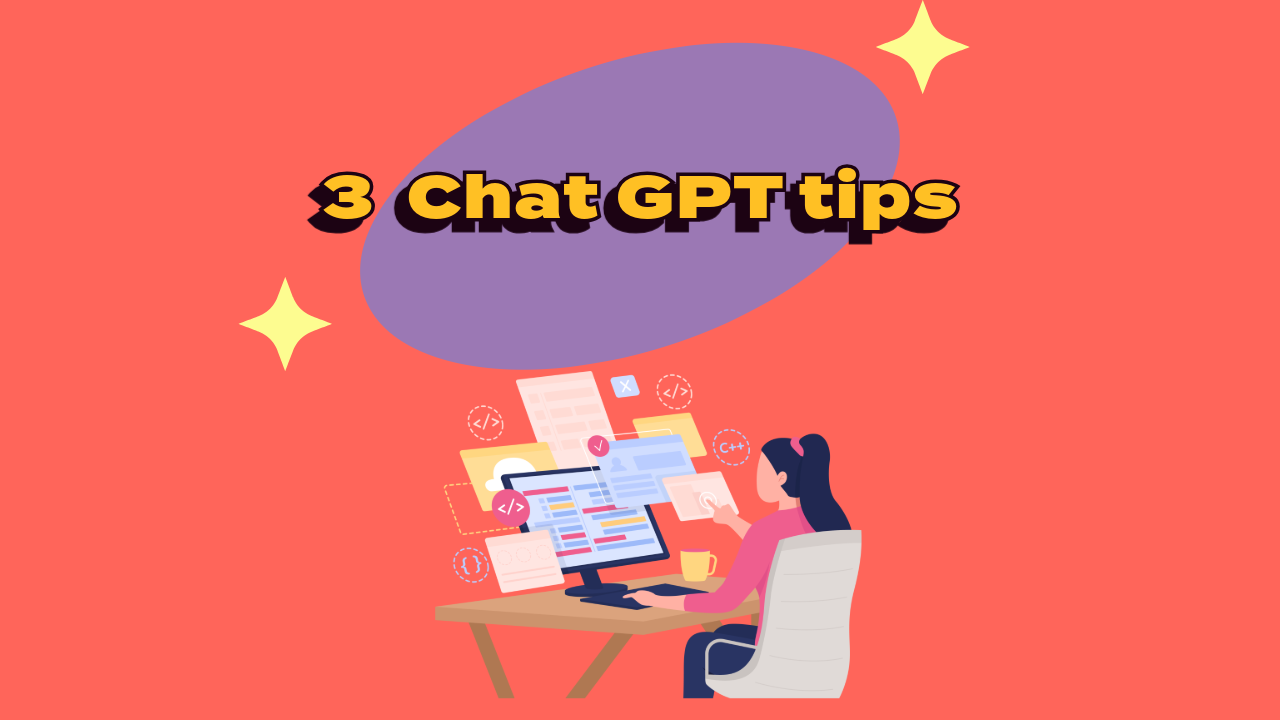How to Implement AI-Driven Customer Segmentation
Understand your customers and boost conversions overall.
Honestly, digital marketing is a fast-paced world. You’re in a race for attention with millions of competitors.
That’s why understanding and segmenting your audience is key to staying ahead. Artificial Intelligence will revolutionize your marketing game, making advanced targeting faster, and simpler.
Let's dive into how AI is enhancing marketing strategies through sophisticated customer segmentation.
The Power of AI in Understanding Customers
Raise your hand if you’ve ever felt personally attacked by a Google Analytics Dashboard ✋(it can't just be me). It’s complicated, annoying, and takes way too long to decipher.
That’s why AI’s ability to digest and summarize data for you is going to change your marketing game for the better. Now you can create highly targeted campaigns that resonate with each unique customer segment.
1. Predictive Analytics for Precise Targeting
Predictive analytics is the name of the AI-driven marketing game. It’s changing everything about how businesses approach customer targeting. Here's a deeper look into how predictive analytics is reshaping the marketing landscape:
Understanding Predictive Analytics
At its core, predictive analytics involves using advanced AI algorithms to analyze historical data and predict future behaviors. In the context of marketing, this means examining past customer interactions, purchases, and engagement patterns to forecast future buying trends.
The Role of Big Data
The effectiveness of predictive analytics is largely dependent on the quality and quantity of data available. Big data plays a crucial role here: more data means better prediction. That improves customer insights. AI algorithms sift through data, identifying patterns and trends that might not be possible for humans to realistically compute.
Tailoring Customer Experiences
With predictive analytics, marketers can create highly customized experiences for each customer segment. For instance, if data indicates a particular segment prefers eco-friendly products, marketers can tailor their messaging to highlight sustainability aspects of their products.
Enhancing Conversion Rates
The true power of predictive analytics lies in its ability to increase conversion rates. By aligning marketing messages with predicted customer preferences, your business can craft campaigns that resonate more deeply with your target audience, leading to higher engagement and sales.
Dynamic Strategy Adaptation
Predictive analytics allows for dynamic marketing strategies. As customer behaviors evolve, the AI models can update their predictions, enabling marketers to quickly adapt their strategies in response to rapidly changing trends.
Examples of Predictive Analytics in Action
- Retail: Predicting which products customers are likely to purchase next and recommending them in marketing communications.
- Finance: Identifying clients who may be interested in certain investment products based on their past investment behavior.
- Healthcare: Anticipating patient needs and tailoring health product advertisements accordingly.
2. Real-Time Data Processing
Real-time data processing is a critical component in AI-driven marketing, setting it apart from traditional methods. Let’s explore how this dynamic is transforming the marketing landscape:
The Essence of Real-Time Data Processing
Real-time data processing refers to the ability of AI systems to analyze and process data as it is being generated. In the realm of marketing, this means that customer interactions and behaviors are continually fed into the AI system, allowing for immediate analysis and actionable insights.
Keeping Pace with Consumer Behavior
The digital world moves at light speed, why? Because it is shaped by rapidly shifting consumer behavors. Real-time data processing ensures that marketing strategies remain relevant and effective by adapting to these changes as they occur. This capability is crucial for staying ahead in a competitive market where being the first to capitalize on a trend can make all the difference.
Personalization at the Moment
One of the significant advantages of real-time data processing is the ability to personalize customer experiences in the moment. For instance, if a customer is browsing an online store, AI can immediately analyze their behavior and provide personalized product recommendations based on their current interactions.
Enhanced Customer Engagement
Real-time data processing enables businesses to engage with customers more effectively. Immediate insights into customer actions can significantly enhance the customer experience and foster loyalty.
Predictive vs. Reactive Marketing
While traditional marketing often reacts to trends, AI-driven real-time data processing allows for a predictive approach. This shift means businesses can anticipate customer needs and address them proactively, leading to a more efficient and customer-centric marketing strategy.
Examples of Real-Time Data Processing in Marketing
- E-commerce: Adjusting product recommendations on a website in real-time based on the user’s browsing behavior.
- Social Media Campaigns: Modifying ad content on the fly based on immediate audience engagement metrics.
- Customer Service: Providing instant responses and solutions based on real-time customer feedback and queries.
3. Enhanced Personalization
In the age of AI-driven marketing, enhanced personalization is the cornerstone for customer engagement strategies. Let's delve into how AI facilitates hyper-personalization and its impact on marketing:
The Concept of Hyper-Personalization
Hyper-personalization goes beyond traditional personalization techniques. It involves using AI to analyze not just basic demographic data but also behavioral patterns, browsing histories, purchase histories, and even real-time interactions. This comprehensive analysis allows for creating extremely tailored and individualized customer experiences.
AI’s Role in Understanding Customer Nuances
AI algorithms are adept at detecting subtle patterns and preferences in large datasets. They can understand a customer's unique preferences, such as their favorite product types, communication styles, or purchasing times. This deep level of understanding helps marketers craft messages and offers that resonate on a more personal level with each customer.
Customized Content Delivery
With AI, the delivery of marketing content can be precisely timed and formatted to suit individual customer preferences. For instance, some customers may respond better to visual content sent in the evenings, while others might prefer concise text-based communication in the mornings. AI helps in identifying these preferences and customizing the content delivery accordingly.
Predictive Personalization
AI can predict future customer behavior based on past interactions. This predictive capability allows marketers to proactively offer products or services that the customer is likely to be interested in, even before the customer has expressed an explicit need.
Real-Time Adjustment
AI-driven personalization is not a set-and-forget process. It involves continuous learning and adjustment based on ongoing customer interactions. This dynamic personalization ensures that marketing strategies remain relevant and engaging over time.
Impact on Customer Engagement and Loyalty
Personalization, when done right, can significantly enhance your customer engagement. Customers are more likely to engage with content that feels specifically crafted for them. This increased engagement naturally leads to higher customer loyalty as customers feel valued and understood.
Examples in Practice
- Retail: Offering personalized discounts or product recommendations based on a customer’s browsing and purchase history.
- Banking: Customizing financial advice based on individual spending habits and goals.
- Healthcare: Providing personalized health and wellness tips based on patient history and lifestyle.
Implementing AI in Customer Segmentation
To harness the full potential of AI in enhancing customer segmentation, it's vital to integrate it effectively into your existing marketing strategies. Here's an expanded guide on how to do this:
1. Integration with CRM Systems
- Selecting Compatible AI Tools: Begin by choosing AI tools that are compatible with your CRM system. Look for tools that can easily integrate with your existing database and provide seamless data transfer.
- Data Synchronization: Ensure that the AI tools are synced with your CRM to have real-time access to customer data. This ensures that all AI-driven insights and segmentation are based on the most current data.
- Automated Data Analysis: Utilize AI tools to automate the analysis of customer data. This includes purchasing patterns, interaction histories, and demographic information, which can be used to segment customers more accurately.
2. Setting Clear Objectives
- Defining Goals: Clearly define the goals you want to achieve with AI-driven segmentation. These could range from improving the accuracy of target marketing to enhancing customer engagement or increasing the understanding of customer lifetime value.
- KPI Identification: Identify key performance indicators (KPIs) that will help you measure the success of your AI-driven segmentation. This could include metrics like conversion rates, customer retention rates, and overall customer satisfaction.
- Customization of AI Models: Tailor your AI models to align with your specific marketing goals. This might involve training the AI on specific types of data or adjusting the algorithms to focus on certain aspects of customer behavior.
3. Training the Marketing Team
- Understanding AI Capabilities: Conduct training sessions for your marketing team to understand the capabilities and limitations of the AI tools. This includes how the AI processes data and how it can be used to enhance customer segmentation.
- Interpreting Data Insights: Train the team on how to interpret the insights generated by the AI. This involves understanding what the data reveals about customer behavior and preferences and how to apply this understanding to marketing strategies.
- Ongoing Learning: Encourage ongoing learning and adaptation as AI technology evolves. Keep the team updated with the latest AI trends and techniques in customer segmentation.
Challenges and Ethical Considerations
Data privacy and ethical use of AI are crucial. You must make sure to use customer data responsibly and comply with regulations.
Conclusion
AI-driven customer segmentation is how smart businesses understand and interact with their customers. This technology enables personalized, efficient, and dynamic marketing strategies that resonate with diverse customer groups.
Key Points
- Predictive analytics enhances targeting precision.
- Real-time data processing keeps strategies agile.
- Hyper-personalization boosts engagement and loyalty.
AI in customer segmentation is a game-changer, offering unprecedented opportunities for businesses to connect with their customers on a deeper level.
Photo by Melanie Deziel.










